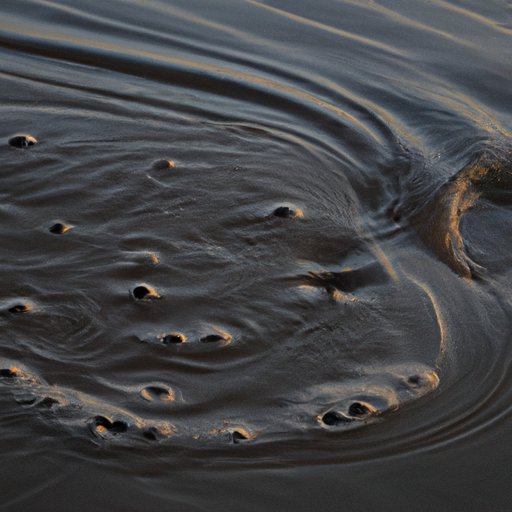Introduction
Tides are one of the most powerful forces in nature. They are caused by the gravitational pull of the moon and sun, and they have a profound impact on life, land, and sea. In this article, we will explore the science behind tides and examine the causes, effects, and patterns of tides around the world. We will also discuss the historical perspective on tides and evaluate current and emerging technologies for studying them.
Exploring the Basics of Tides: What Are Tides and How Do They Work?
To understand what a tide is, it is important to first define the term. According to the National Oceanic and Atmospheric Administration (NOAA), a tide is “a regular rise and fall of the sea surface caused by the gravitational attraction of the moon and sun and the rotation of the Earth.” This definition reveals that tides are the result of a complex interplay of forces. To better understand how these forces work together to create tides, let’s look at the different types of tides, their causes, and the effects they have.
Understanding the Different Types of Tides
Tides can be divided into two main categories: diurnal and semidiurnal. Diurnal tides occur once per day and feature one high tide and one low tide. Semidiurnal tides occur twice per day, with two high tides and two low tides. These two types of tides can also be further sub-divided into spring and neap tides. Spring tides occur when the moon and sun are aligned, resulting in a greater difference between high and low tide. Neap tides occur when the moon and sun are at right angles, resulting in a smaller difference between high and low tide.
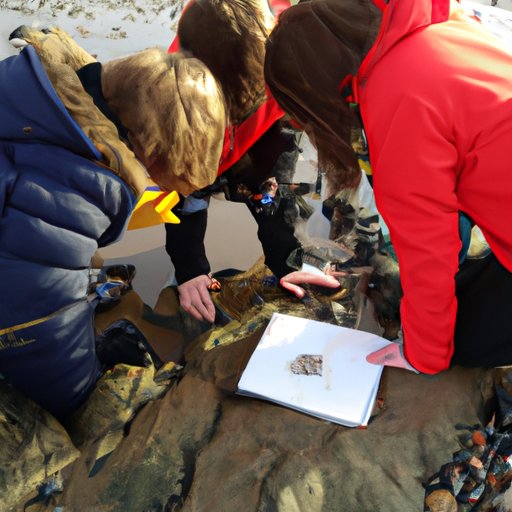
Investigating the Causes of Tides
Now that we’ve explored the different types of tides, let’s investigate the causes of tides. As mentioned earlier, tides are caused by the gravitational pull of the moon and sun. The moon’s gravity is the primary cause of tides, as it is much closer to Earth than the sun. However, the sun’s gravity is still significant, and its influence increases during spring tides. The rotation of the Earth also plays a role, as it affects the direction and speed of tidal currents.
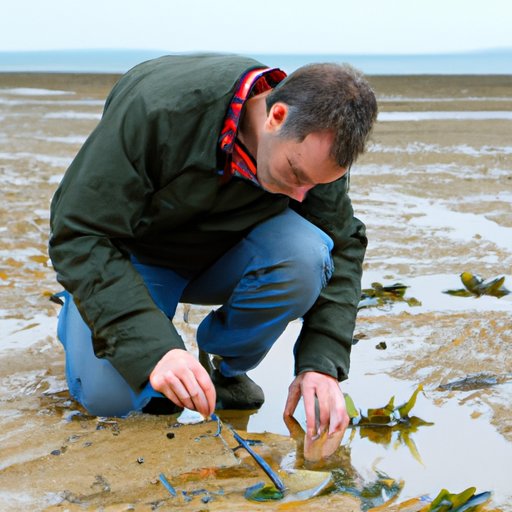
Examining the Effects of Tides
Tides have a variety of effects on life, land, and sea. On the ocean, tides can cause coastal flooding and erosion. They can also affect marine life by influencing the movement and behavior of fish and other organisms. On land, tides can cause changes in soil moisture and plant growth. They can also affect human activities such as fishing and navigation.
The Science Behind Tides: Examining the Causes and Effects of Tides
Now that we’ve discussed the basics of tides, let’s take a closer look at the science behind them. To do this, we’ll examine the forces involved in creating tides, measure the height and frequency of the tides, and explore the Coriolis effect and its impact on tides.
Analyzing the Forces Involved in Creating Tides
As previously mentioned, the gravitational pull of the moon and sun are the primary forces behind tides. However, there are other factors that play a role in the creation of tides. For example, the centrifugal force created by the Earth’s rotation can counteract the gravitational forces, resulting in weaker tides. Additionally, the shape of the coastline and the depth of the ocean can also affect the strength of the tides.
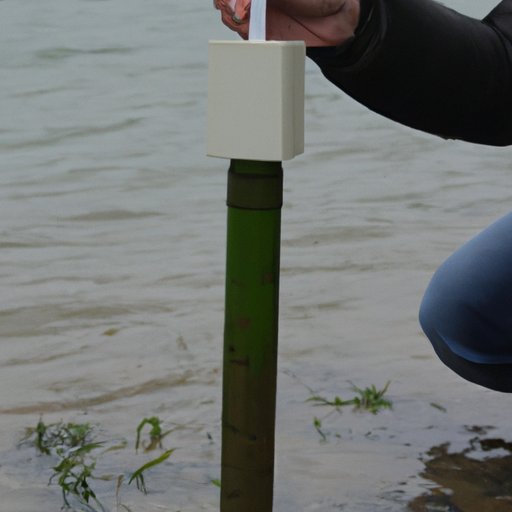
Measuring the Height and Frequency of the Tides
In order to study the effects of tides, scientists must first measure the height and frequency of the tides. This is done using a variety of instruments, including tide gauges and satellite imagery. Tide gauges measure the height of the water level, while satellite imagery can be used to measure the frequency of the tides.
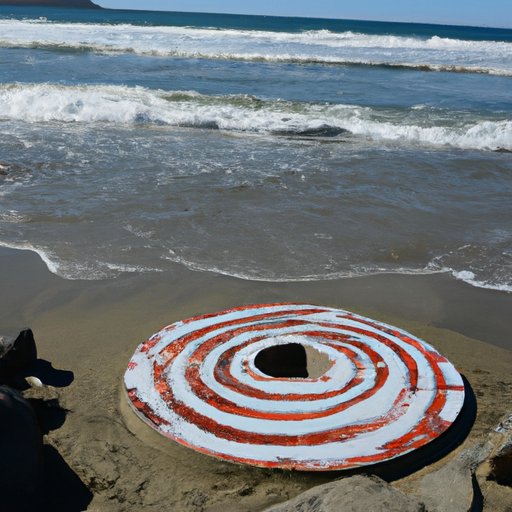
Understanding the Coriolis Effect and Its Impact on Tides
The Coriolis effect is an important factor in understanding tides. This effect occurs when the Earth’s rotation causes the direction of the ocean currents to deviate from a straight line. This deviation affects the formation of tides, as the currents move around the continents and oceans in circular patterns. The Coriolis effect is strongest near the equator and weakest near the poles.
A Historical Perspective on Tides: How Our Understanding of Tides Has Evolved Over Time
Our understanding of tides has evolved over time. Early civilizations were aware of the power of the tides, but it wasn’t until the 17th century that scientists began to investigate the causes and effects of tides. Pioneers such as Galileo Galilei, Isaac Newton, and Edmond Halley made key discoveries that laid the groundwork for modern understanding of tides.
Analyzing the Impact of Tides on Life, Land, and Sea
Tides have a wide range of impacts on life, land, and sea. On the ocean, tides can cause coastal flooding and erosion, which can have both positive and negative effects. For example, tidal flooding can help replenish wetlands, while tidal erosion can damage shorelines. Tides can also affect marine life by influencing the movement and behavior of fish and other organisms.
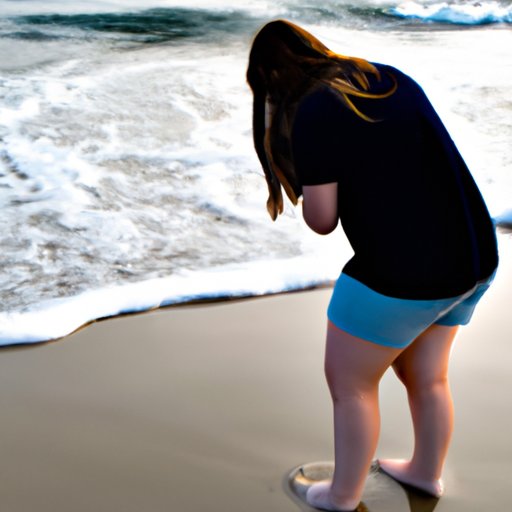
Examining the Benefits of Tides
On land, tides can bring a number of benefits. For example, tides can help to replenish ground water supplies, which can be beneficial for agriculture and drinking water. Tides can also help to flush out pollutants and sediments from rivers, improving water quality. Finally, tides can help to break up ice in harbors, allowing ships to pass through more easily.
Investigating the Impact of Tides on the Environment
While tides can bring many benefits, they can also have a negative impact on the environment. For example, strong tides can cause coastal erosion, which can lead to the destruction of habitats and the loss of coastal land. Tides can also disturb the natural balance of species, as some species may be better adapted to living in areas with high or low tides.
Exploring the Relationship Between Tides and Climate
Climate change can also affect tides. Rising sea levels due to climate change can increase the frequency and intensity of tidal flooding, which can have a negative impact on coastal ecosystems. Additionally, changes in air and water temperatures can affect the behavior of fish and other marine organisms, which can disrupt the food web and lead to changes in the abundance of certain species.
Investigating the Patterns of Tides Around the World
Tides vary from place to place due to local factors such as the shape of the coastline and the depth of the ocean. To better understand these variations, scientists have studied the patterns of tides around the world. Common patterns include diurnal and semidiurnal tides, as well as spring and neap tides. Additionally, the relationship between tides and the moon can be used to predict the timing of high and low tides.
Using Technology to Understand and Predict Tides
Technology has played an important role in our understanding of tides. Current technologies for tracking and predicting tides include tide gauges, satellites, and computer models. These technologies allow scientists to measure the height and frequency of tides and make predictions about future tidal patterns. Additionally, new technologies such as underwater robots and artificial intelligence are being developed to further improve our understanding of tides.
Conclusion
In conclusion, tides are a powerful force of nature that have a profound impact on life, land, and sea. Through the study of tides, we have gained valuable insights into the forces that shape our planet and the patterns that govern our lives. By understanding the science behind tides, we can use technology to better predict and prepare for their effects.
Overall, this article has provided an overview of the science behind tides and examined the causes, effects, and patterns of tides around the world. Additionally, we have discussed the historical perspective on tides and evaluated current and emerging technologies for studying them. By gaining a deeper understanding of tides, we can better protect our planet and its inhabitants.
(Note: Is this article not meeting your expectations? Do you have knowledge or insights to share? Unlock new opportunities and expand your reach by joining our authors team. Click Registration to join us and share your expertise with our readers.)
